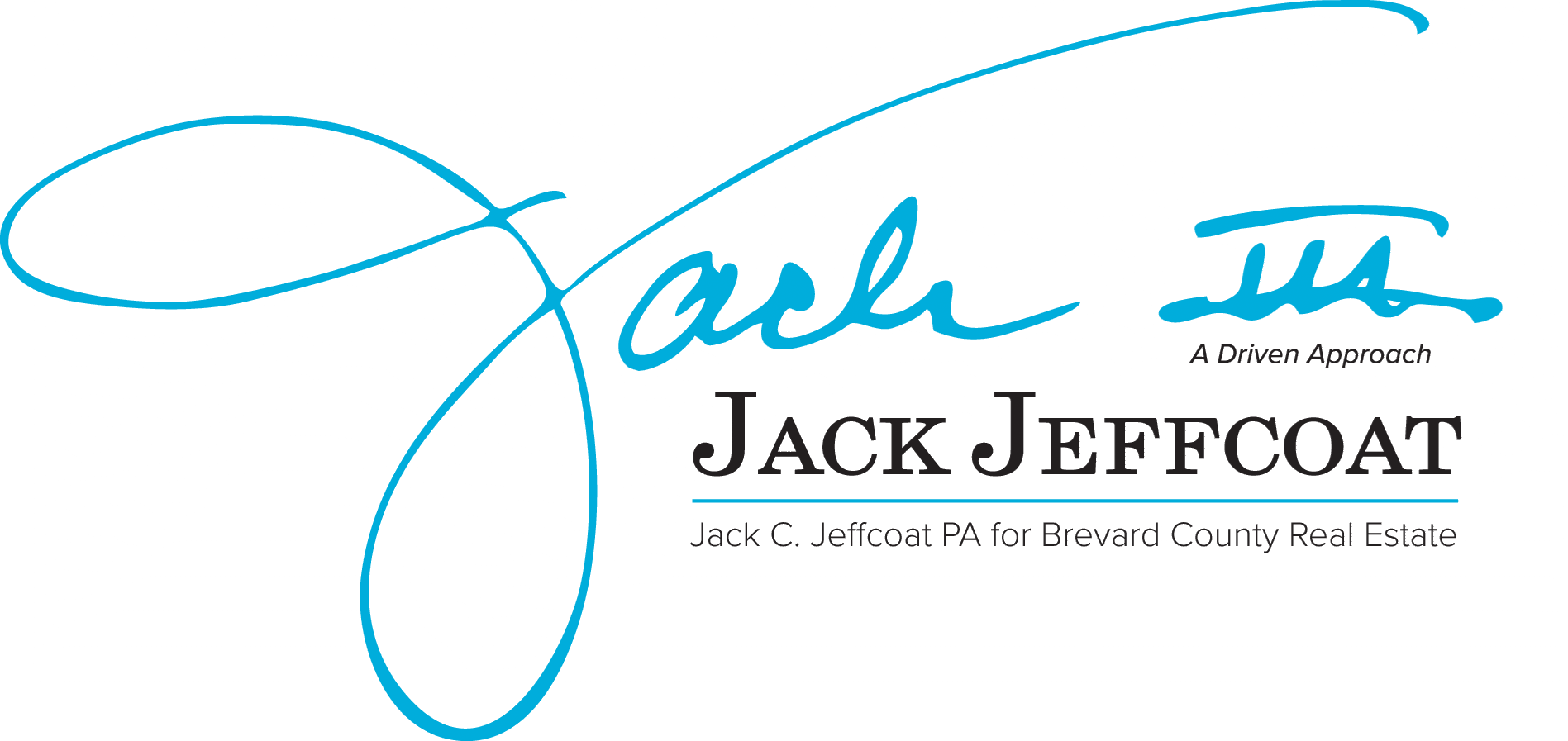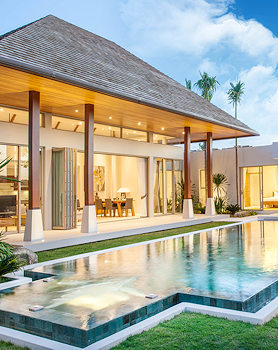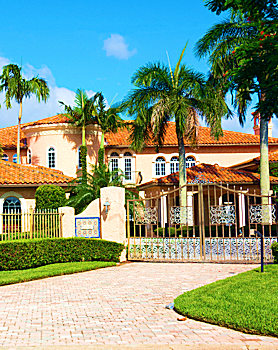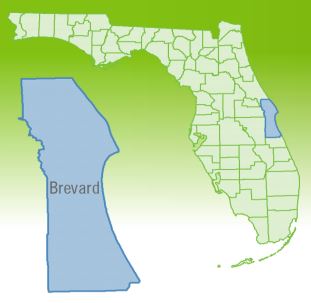Energy Efficient Mortgages Offer a Wide Range of Benefits to Homeowners and Buyers Alike
First introduced in five states as a pilot program in 1992, energy efficient mortgages have helped homeowners and buyers save money on utility bills by...
By Keith Loria
First introduced in five states as a pilot program in 1992, energy efficient mortgages have helped homeowners and buyers save money on utility bills by enabling them to finance the cost of adding energy efficient features to new or existing housing as part of their Federal Housing Association insured home purchase or refinanced mortgage.
The problem is, with all the good they can do, energy efficient mortgages are still vastly underutilized in the 21st century. And it’s a mystery to many why more people aren’t taking advantage of them.
During fiscal year 2013, FHA insured 599 energy-efficient mortgages, totaling $122 million. Those numbers continued a sharp decline in recent years, which is why the program is being reviewed next year to determine if improvements can be made to expand originations as part of the Department’s commitment to energy efficient initiatives.
An energy efficient mortgage is easy to use, federally recognized, and can be applied to most home mortgages. Plus, they’re available whether you’re buying, selling, refinancing or remodeling your home. Sounds like a great thing, right? After all, homeowners with lower utility bills have more money in their pockets each month and can even afford to allocate a larger portion of their income to housing expenses.
Officials at the U.S. Department of Housing and Urban Development have been baffled as to why the numbers continue to decrease. The benefits are easy to recognize.
According to HUD, the money can be used to finance energy improvements to make an older home more efficient, comfortable and affordable, which increases the potential resale of the home.
A laundry list of upgrades includes replacing windows or doors, installing solar technologies or replacing older heating systems, cooling systems and lighting with a more environmentally friendly solution.
For people buying a home who want to take advantage of the program, the FHA requires that you make at least a 3.5 percent cash investment on the property based on the sale price. And all work must begin within 90 days of closing. The total amount of your mortgage is based on the value of your home plus the projected cost of energy-efficient improvements.
Another option is for the lender to allow higher qualifying ratios for borrowers who will occupy a property meeting certain standards for energy efficiency. When the home has been built or retrofitted in conformance with the International Energy Conservation Code (IECC) standards for 2000 or later, the lender may “stretch” the borrower’s qualifying ratios.
Benefits derived from an energy efficient mortgage will vary from one house to another. Your lender will be your best source of information on what benefits you may obtain.
To learn more about energy efficient mortgages, contact our office today.
Reprinted with permission from RISMedia. ©2014. All rights reserved.






